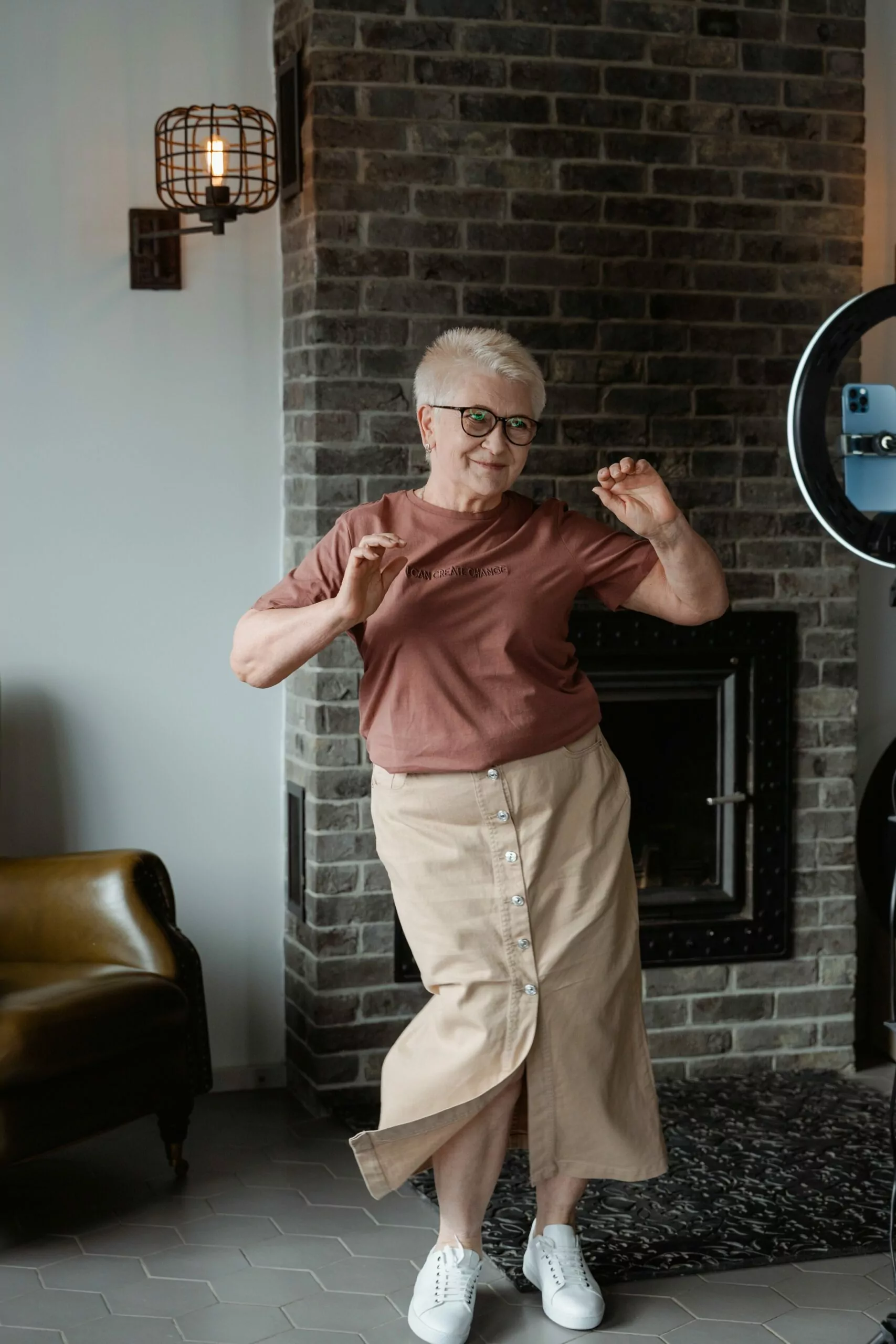
S&R News
Are Traditional Senior Housing Models Outdated?
Numerous factors are contributing to the evolution of the senior housing industry. The pandemic undoubtedly changed the industry's trajectory, but there are additional considerations as well. For one, life expectancy for both males and females is much greater than it was even 30 years ago, creating a need for assisted living, memory care, and other senior housing options for these older adults. In addition, today's seniors have different needs than previous generations. Many developers are attuned to this, marking a shift in development and new construction.
Planning for a Better Future
New trends in senior housing indicate traditional senior housing models may need an overhaul. It's no wonder developers are rethinking conventional senior housing models, with co-housing developments, intergenerational and multigenerational housing, and communities that attract the older active adult popping up everywhere. Even before the pandemic, older adults were asking for better housing options with a wide range of coordinated services based on their preferences.
A 2020 report, "Rethinking Care for Older Adults," brought together senior living experts to brainstorm ways to update and transform the industry for the better. One interesting finding was that many nursing homes and assisted living facilities were battling regulatory and financial obstacles, creating roadblocks for investors, developers, providers, and residents alike. They found that a more person-centric, customizable approach was far more attractive than the classic model.
The pandemic accelerated the industry's disruption, motivating providers to leverage telehealth, enhanced communication, and an integrated model of health and wellness delivery, to name a few. Other trends impacting the future of senior housing include:
-
Investing in technology
-
Aligning operators, partners, and providers
-
Embracing a hospitality-health-wellness culture
-
Aging in place
-
Communal living
-
Active adult communities over independent living
-
Digital transformation
-
Small cities are hotbeds for development and new construction
-
"Pocket" neighborhoods
-
Small-house projects
-
Co-housing
-
Intergenerational and multigenerational living
-
Robust technology infrastructure to support this new generation of adults
For the senior housing industry to bounce back, improve occupancy rates, and build communities that residents want to live in, they must be more intentional with their actions, investments, and developments. Does this mean the traditional senior housing model is dead? Perhaps not yet, but it has undergone a long-overdue transformation.
If you are looking to sell a property or invest in a facility, don't hesitate to contact the senior housing experts at Sherman & Roylance.